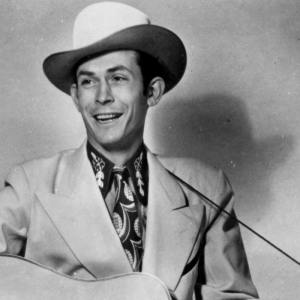Steve Winwood’s career prior to the release of 1986’s album Back in the High Life could only be characterized as a triumph. A prodigy hitmaker with The Spencer Davis Group, linchpin of highly respected bands Traffic and Blind Faith, and purveyor of an ambitious and successful string of solo albums. Who knew his biggest hit was about to take place nearly two decades into his career?
Videos by American Songwriter
Back in the High Life found Winwood combining his estimable talents with some impressive collaborators to make an album that sounded top-of-the-line and modern, even as its lyrical concerns often gibed with where the artist and others of a similar age were in their lives. Let’s find out how this wonderful album came together.
Winwood for the Win
Steve Winwood had built an impressive reputation in the music industry over more than 20 years as an extremely talented performer and instrumentalist who also thrived as a record-maker. And yet there was a feeling prior to Back in the High Life that he wasn’t what you would consider a dynamic frontman.
Part of that came from Winwood’s less-than-showy attitude, as he tended to come on like a musician’s musician, without any unnecessary frills. But he also copped to being reticent to step out into the spotlight in ways other contemporaries felt more comfortable doing.
That wasn’t that big a deal when he was part of an ensemble like Traffic. But it might have hampered the success of his solo career. Outside a Top 10 in 1980 with “While You See a Chance,” he didn’t do much on the singles charts with songs from his first three albums. On top of that, his style of music, which was synth-based but leaning more to the ambient side of things, rendered his albums fascinating, but maybe not as catchy as they might otherwise have been.
Winwood understood he needed a change. After his previous solo records were very much DIY efforts, he brought on co-producer Russ Titelman and some chosen session players (although he remained very involved playing multiple instruments.) As a songwriter, he leaned a bit more into R&B grooves that gave the songs a danceable edge. And he did his frontman duties, heavily promoting the album and starring in an oft-played video for lead single “Higher Love.”
The respect Winwood enjoyed in the industry showed in the impressive list of special guests that appeared. Chaka Khan delivered backing vocals on “Higher Love,” while Nile Rodgers offered his shimmying rhythm guitar. James Taylor harmonized with Winwood on the title track, and Joe Walsh came aboard to add some guitar grit on a pair of tracks.
How Does Back in the High Life Hold Up Today?
For whatever reason, the late ‘80s was prime time for veteran artists who had been quiet in the first half of the decade to bounce back in a big way. (George Harrison, Paul Simon, and Peter Gabriel are a few of many other examples.) What’s impressive about Back in the High Life is how Steve Winwood made that comeback without sounding like he was compromising anything.
Maybe that’s because that elastic voice of his makes anything he does sound undeniably his. But these are smart pop songs with exotic touches that keep them fresh. His lyricists also did a nice job for him. Will Jennings gives “Higher Love” an aspirational feel, and seems to be telling Winwood’s resurgent story on “Back in the High Life Again.” Vivian Stanshall lends his words to the atmospheric closing track “My Love’s Leaving.” Even Joe Walsh gets in on the act, as his writing collaboration with Winwood on “Split Decision” adds some brawn and bite to the album.
Back in the High Life not only was a breakthrough for Winwood (“Higher Love” was his first ever No. 1 single), but it was also a springboard. He became one of those few late ‘80s comeback artists to double up, as the follow-up album Roll with It did even better on the album charts. All the doors I closed one time will open up again, he sang on “Back in the High Life.” It helped that Winwood gave those doors a nudge with his change of attitude.
When you purchase through links on our site, we may earn an affiliate commission.
Photo by David Redfern/Redferns

